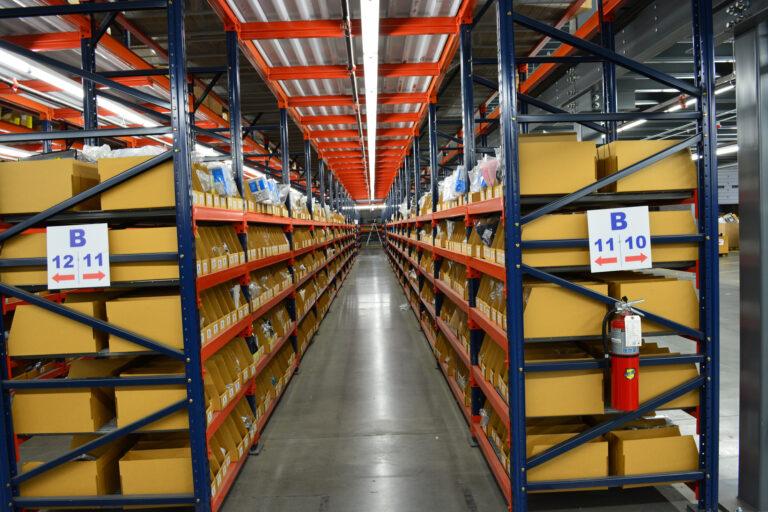Break the Turnover Cycle: Retain Your Light Industrial Temp Workforce
Four Ways to Keep Your Best Temporary Workers.
As COO of BelFlex, part of my role is helping our clients troubleshoot their staffing challenges. While each company is unique, all our clients’ temporary staffing decisions are driven by production timelines and changing demand—particular in the light industrial space. Understandably, this can lead to a narrow focus on getting workers in the door and to work quickly. Unfortunately, this shortsightedness drives high turnover and creates a never-ending cycle of recruiting, training, onboarding and quickly offboarding workers.
This creates a very expensive problem for companies: they need to meet production demands, and this cycle costs them money and time, on top of being incredibly inefficient. It’s often worth the time to step back and evaluate what could be causing unnecessary turnover.
Here are four must-do’s when building a temporary labor program strategy.
#1: Balance quality and cost.
Smart business leaders understand that you get what you pay for. There are certainly types of temporary positions or times in a company’s history where cost savings is the highest priority. That said, a constant cycle of temporary workers can derail your team’s focus and ability to deliver. To find high-quality and loyal candidates, your recruiting strategy should emphasize skill set, experience and attitude; to recruit them, you must be willing to pay a competitive rate. Your staffing provider should help you find the right balance between cost and quality, as each company’s needs are different.
#2: Establish a tangible career path.
For new temporary recruits, the onboarding process sets the tone for their entire engagement with your company. Ensuring new workers have a positive first impression of your culture, people and processes is the first step to a loyal temporary workforce. This is even more important with today’s newest generations. Millennials crave a different work environment and prioritize opportunities for advancement much higher than their predecessors. Outlining the reasons why young workers should stay with your company early on will increase their chances of doing so.
#3: Create a bridge between temporary workers and full-time employees.
The best light industrial workforce includes a variety of workers—full and part time, experienced and newer, leaders and doers and employees and temporary labor. To be successful, all of these workers must be able to function as a team. The bigger the difference between how they are treated, the bigger the divide between them will be.
#4: Always recognize good work.
A thoughtful retention strategy that includes a recognition and rewards program is important to keeping your temporary workforce engaged. It starts very simply by creating a “thank you” culture where workers are acknowledged and recognized in real-time. If your top performers don’t feel valued at your company, they’ll go be a top performer somewhere else. Recognition creates an emotional tie to your company that results in longer tenure.
Examining your strategy around these four areas will help you avoid unnecessary and costly temporary worker turnover. Your staffing company can help you determine what processes will break the turnover cycle.







